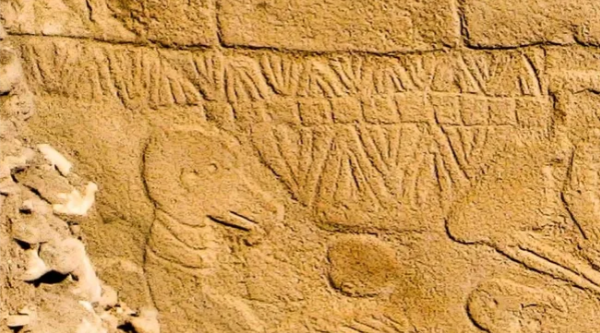
- A-
- A
- A+
Charge your phone using ambient light and printed solar cells
Ambient light may be all you need to charge your phone. Small, thin and flexible panels created with an inkjet printer can harvest energy from artificial light and sunlight.
Conventional solar panels typically use silicon to capture the sun’s energy. But Sadok Ben Dkhil from Dracula Technologies and his team have developed a conductive plastic that can capture a wider range of wavelengths. “Our material can capture energy from indoor light, which isn’t possible with silicon,” says Ben Dkhil. The device is lightweight, non-toxic and can even be folded, which is not the case for silicon solar cells.
The panels are made up of five layers printed on top of each other. A photoactive layer is sandwiched between two semiconductor sheets that help a conductive ink in the outer layer to extract the charge. A square module, 5 centimetres across can be printed in about an hour. The largest panels they plan to create are 30-centimetre squares.
Ben Dkhil’s solar cells can be tailored for a wide range of uses since they can be produced in any shape or colour – or can even be transparent. A panel could be integrated directly into a smartphone, for example, although It might be more effective to use a surface that is more regularly exposed to light. “You can imagine printing it on a t-shirt and using that to charge your phone,” says Ben Dkhil.
Capturing energy from indoor light is a challenge since the intensity is much lower than sunlight. At the moment, Ben Dkhil’s system can’t quite extract enough energy from indoor light to charge a phone in a reasonable time frame, but the team’s efforts have been improving at a steady pace. “In a few months’ time, we should be able to charge a smartphone,” he says.
In the meantime, Ben Dkhil and his colleagues are developing thin and flexible lighting that could be used to make illuminated logos, for example. They also plan to use their system to power sensors, such as those that monitor temperature and humidity in buildings, since these require only a small amount of energy. And they have created a parasol from their material that can be used to charge a phone outdoors.
Similar News
Links




 Elm TV
Elm TV
 Photo
Photo
 Video
Video





